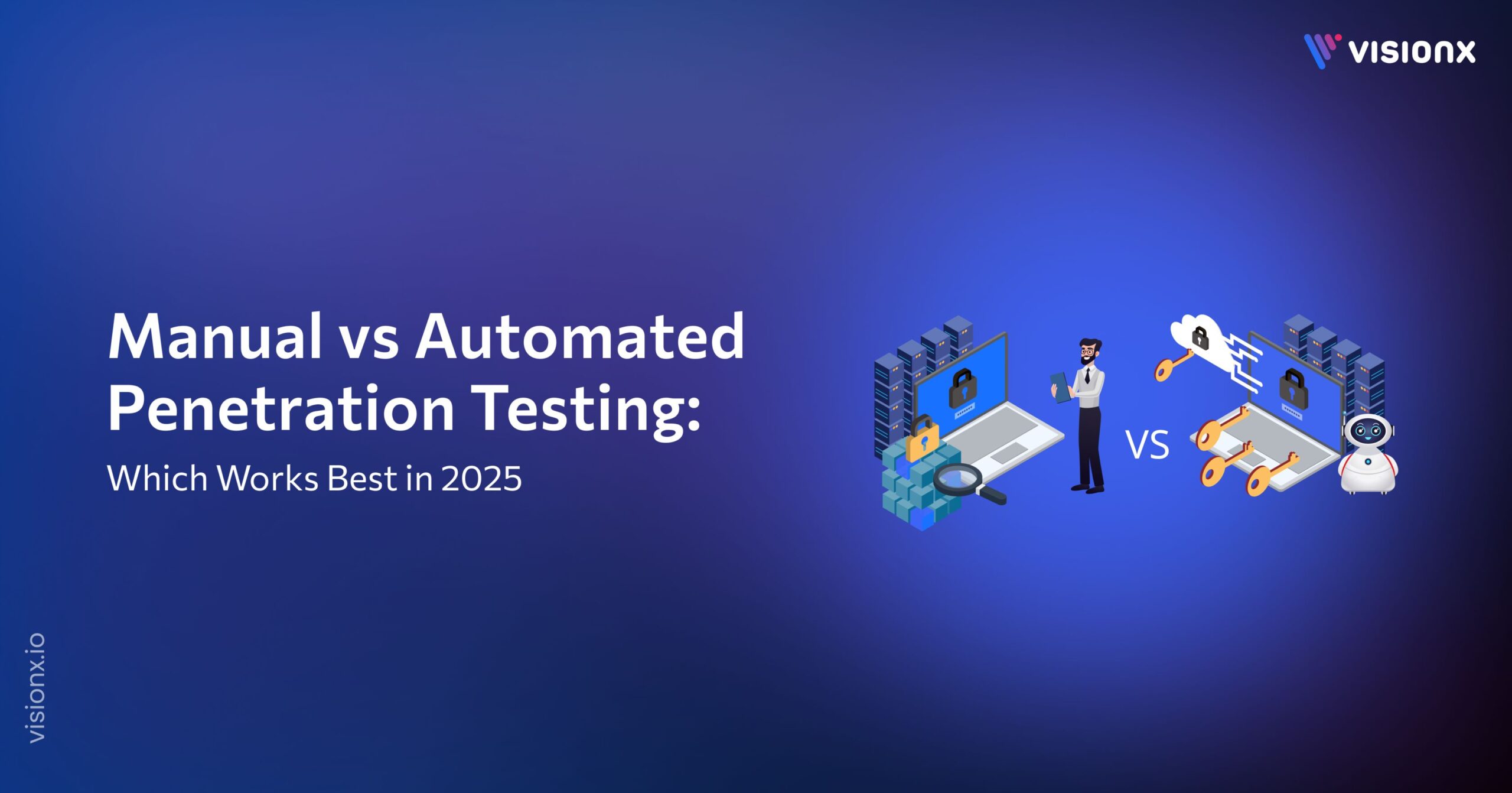Large Language Models (LLMs) have transformed numerous industries, from customer service to scientific research. However, with these advancements comes the need for clear and standardized metrics to evaluate their capabilities effectively. This is where LLM benchmarks come in.
In 2024, a variety of benchmarks are used to assess LLMs, each targeting specific tasks like reasoning, knowledge retention, or even ethical behavior. This blog explores the key benchmarks that are shaping LLM evaluation today, as well as their strengths, limitations, and future trends.
What Are LLM Benchmarks?
Benchmarks for LLMs are standardized tests used to evaluate how well a model performs on various language-related tasks. These tasks range from simple sentence understanding to more complex activities like reasoning, code generation, and even ethical decision-making. Benchmarks help highlight the strengths and weaknesses of different LLMs, offering a way to measure their capabilities on a broad range of Generative AI tasks.
Popular LLM Benchmarks in 2024
1. GLUE (General Language Understanding Evaluation)
Introduced in 2018, GLUE was designed to evaluate a model’s understanding of natural language. It consists of multiple tasks, including sentiment analysis, sentence similarity, and paraphrase detection. These tasks span a variety of domains and complexities.
GLUE is particularly helpful for measuring how well an LLM generalizes across multiple tasks. While most models have now surpassed human-level performance on GLUE, it remains a foundational benchmark for natural language understanding (NLU).
2. SuperGLUE
As LLMs became more advanced, GLUE’s challenges started to feel too simple. In response, SuperGLUE was launched in 2019 to include more difficult tasks like commonsense reasoning and complex reading comprehension.
SuperGLUE evaluates models on significant, multi-step reasoning tasks, and many of today’s top LLMs are still working to improve their performance on these metrics. The ability to handle tasks requiring contextual understanding and abstract thinking is the primary focus of SuperGLUE, making it essential for measuring advanced NLU.
3. MMLU (Massive Multitask Language Understanding)
MMLU has gained importance as LLMs like GPT-4 and others reach a point where they can handle knowledge-intensive tasks. It tests LLMs across 57 subjects, including elementary mathematics, history, computer science, and law.
This LLM benchmark is unique because it assesses a model’s world knowledge and problem-solving abilities without providing specific training on these tasks. This makes it a good indicator of how well an LLM retains and applies information learned during pretraining, which is especially valuable for real-world applications.
4. BIG-Bench (Beyond the Imitation Game Benchmark)
BIG-Bench was designed to push LLMs beyond standard NLU tasks. With over 200 tasks that span areas such as reasoning, mathematics, biology, and even social bias detection, BIG-Bench provides a holistic view of a model’s capabilities.
One of its standout features is its inclusion of Chain-of-Thought (CoT) prompting, which allows models to perform tasks that require multi-step reasoning. This is one of the advanced LLM benchmarks that has become popular for pushing the limits of what LLMs can achieve, offering a peek into their future potential.
5. HELM (Holistic Evaluation of Language Models)
While many benchmarks focus on performance metrics like accuracy, HELM goes a step further by considering ethical factors such as fairness, bias, and toxicity. HELM’s multimetric approach evaluates models across 16 different scenarios and seven metrics, making it one of the most comprehensive LLM benchmarks available today.
As ethical AI becomes more critical, HELM is becoming a key tool for evaluating how models behave in sensitive or controversial contexts.
Why Benchmarks Are Crucial for LLM Development?
The diversity of tasks covered by LLM benchmarks like GLUE, SuperGLUE, MMLU, BIG-Bench, and HELM shows just how much LLMs have evolved.
Benchmarks offer more than just a way to compare different models; they serve as a feedback loop for improving future iterations of LLMs. For instance, a model that performs well in MMLU’s knowledge-based tasks but struggles with HELM’s ethical assessments can be further fine-tuned to perform better across both domains.
Benchmarks also ensure that models are tested under consistent conditions. This is particularly useful for comparing proprietary models like GPT-4 with open-source counterparts like Falcon or Llama, as all models are judged on the same scale. Given the increasing role of LLMs in critical applications, from medical diagnosis to financial modeling, the transparency and consistency that benchmarks offer are indispensable.
Comparative Analysis: GPT-4 vs. Claude vs. Llama vs. Falcon on Popular Benchmarks
To evaluate how some of the top-performing models fare across a variety of benchmarks, let’s examine GPT-4, Claude, Llama, and Falcon. We’ll focus on their performance in critical LLM benchmarks like MMLU, SuperGLUE, and BIG-Bench, which test general language understanding, reasoning, and specialized knowledge.
1. GPT-4:
- MMLU: GPT-4 excels in Massive Multitask Language Understanding (MMLU), achieving top scores due to its extensive world knowledge and problem-solving abilities. It performs well across 57 subjects, including advanced topics like law and computer science. Its few-shot performance is one of the best, consistently surpassing most other models in zero-shot tasks.
- SuperGLUE: GPT-4 maintains impressive performance on SuperGLUE, tackling complex tasks that require deep reasoning, contextual understanding, and multi-step problem-solving. It outperforms prior models like GPT-3 by a wide margin, achieving near-human-level scores
- BIG-Bench: On the BIG-Bench benchmark, GPT-4 shows remarkable abilities in multi-step reasoning tasks using Chain-of-Thought (CoT) prompting, successfully handling a wide array of tasks from mathematics to social bias detection.
2. Claude (Anthropic):
- MMLU: Claude, developed by Anthropic, has a strong performance on MMLU, though it slightly lags behind GPT-4 in knowledge-intensive areas like professional-level subjects. However, it excels in tasks requiring commonsense reasoning.
- SuperGLUE: While Claude performs reasonably well in SuperGLUE, it tends to perform better in conversational tasks and ethical AI scenarios, which are not always the focus of this benchmark. This model has been tuned for safety and ethics, which may limit its ability to outperform GPT-4 in purely technical benchmarks
- BIG-Bench: Claude performs well on many tasks within BIG-Bench, especially those requiring natural language understanding and ethical reasoning. However, it does not outperform GPT-4 in more rigorous reasoning tasks.
3. Llama (Meta AI):
- MMLU: Llama performs well on MMLU, especially considering that it is an open-source alternative. However, it is not as proficient in high-level tasks such as law and professional-level STEM subjects compared to GPT-4 and Claude. Its few-shot performance is respectable but not the best.
- SuperGLUE: On SuperGLUE, Llama has a solid performance but falls short of models like GPT-4 due to its smaller size and less extensive training data. It struggles with tasks that require complex multi-step reasoning.
- BIG-Bench: Llama’s performance on BIG-Bench highlights its strengths in simpler tasks but reveals weaknesses in handling complex tasks requiring higher-level reasoning.
4. Falcon (Technology Innovation Institute):
- MMLU: Falcon, another open-source model, delivers competitive results on MMLU, though it doesn’t reach the same performance levels as GPT-4 or Claude. It shines in tasks requiring foundational world knowledge but falls behind in more specialized subjects.
- SuperGLUE: On SuperGLUE, Falcon is behind both GPT-4 and Llama, particularly in tasks requiring sophisticated reasoning and contextual understanding. Its focus on lightweight performance may limit its abilities in complex tasks.
- BIG-Bench: Falcon struggles more than the others on BIG-Bench, particularly on tasks that demand nuanced reasoning and multi-step processes. Its strengths are in more straightforward, fact-based tasks.
Summary Table
| Model | MMLU | SuperGLUE | BIG-Bench |
| GPT-4 | Best performance; excels in world knowledge | Near human-level scores; strong in reasoning | Best in multiple-step reasoning tasks with CoT prompting |
| Claude | Strong, slightly behind GPT-4 in technical tasks | Good in ethical and conversational tasks | Strong in ethical reasoning but behind in technical tasks |
| Llama | Good, strong for an open-source model | Solid, but struggles with complex reasoning | Competent in basic tasks, weaker in complex ones |
| Falcon | Competitive but behind top models | Lags behind in reasoning tasks | Struggles in advanced, multi-step reasoning tasks |
Best Practices For Choosing a Benchmark
Selecting the right benchmark for evaluating Large Language Models (LLMs) depends on the specific needs of your business or project. Different benchmarks evaluate different capabilities, and understanding which benchmark aligns with your goals is crucial for optimizing performance. Here are some best practices to consider:
1. Identify the Core Task
The first step is to identify the primary function of your LLM. For instance:
- Knowledge-based tasks: If your application requires extensive knowledge retention and complex reasoning, benchmarks like MMLU (Massive Multitask Language Understanding) are ideal. They cover a wide range of subjects and evaluate the model’s knowledge across both STEM and humanities domains.
- Coding assistance: For evaluating code generation, benchmarks like HumanEval and MBPP (Multiple Benchmark Python Problems) are specifically designed to test a model’s ability to write, debug, and understand code.
- Ethical AI and fairness: If your project demands a focus on ethical AI usage, fairness, and bias, consider benchmarks like HELM (Holistic Evaluation of Language Models). HELM measures not only performance but also ethical dimensions like fairness, bias, and toxicity.
2. Consider the Complexity of Tasks
- Simple tasks vs. complex tasks: Some benchmarks like GLUE are ideal for basic natural language processing tasks such as sentiment analysis or paraphrase detection. However, if you need to test complex, multi-step reasoning, benchmarks like SuperGLUE or BIG-Bench are more suitable.
- For models that need to handle multi-step logical tasks or extensive reasoning, benchmarks with Chain-of-Thought (CoT) capabilities (like BIG-Bench) are preferable.
3. Assess Zero-Shot or Few-Shot Performance
- If your application involves using LLMs in zero-shot or few-shot settings (where little to no task-specific fine-tuning is required), MMLU is an excellent choice. This benchmark evaluates how well models perform without extensive training on domain-specific data.
- For coding or reasoning tasks that benefit from a few examples, you might prefer LLM benchmarks that support few-shot learning, such as HumanEval for coding or SuperGLUE for language tasks.
4. Evaluate Real-World Applications
- Consider how well a benchmark reflects real-world use cases. Some benchmarks are more academic and may not always translate directly to practical applications. For instance, MMLU evaluates academic knowledge but may not fully capture the nuances of real-time applications like customer service. If real-world performance is critical, make sure to assess how models perform on practical datasets.
6. Industry-Specific Benchmarks
- For specialized industries like healthcare, legal, or financial services, choose benchmarks that align with those sectors. MMLU, for example, includes subject-specific tests that could help evaluate an LLM’s proficiency in legal or medical knowledge. Additionally, consider custom LLM benchmarks tailored to your industry for more precise evaluation.
7. Prioritize Explainability and Transparency
- For applications that require high levels of trust and accountability, benchmarks that evaluate explainability (e.g., how well a model can justify its decisions) are becoming more important. These metrics can help developers ensure that their models are transparent in their decision-making processes.
Limitations of Current LLM Benchmarks
Although LLM evaluation metrics hold many capabilities, there are still a few limitations that need to evolve to keep up with the progress.
- Restricted Scope: Many benchmarks focus on tasks where LLMs have already shown proficiency, such as sentence completion or basic reasoning. This limits their ability to identify new, emerging capabilities of modern LLMs, especially those involving creative or unpredictable behavior.
- Lack of Creativity Testing: Current benchmarks may not fully capture the more advanced, creative, or abstract outputs that cutting-edge LLMs can produce. This can leave gaps in evaluating models’ potential in areas like content generation or innovative problem-solving.
- Short Lifespan: Benchmarks can become obsolete quickly as models improve. For instance, tasks that were once challenging, like sentiment analysis in GLUE, are now easy for many models, reducing the benchmark’s relevance.
- Need for Continuous Updates: As models advance, benchmarks must be continuously updated or replaced with more difficult tasks. This adds complexity to the evaluation process and can make it challenging to maintain relevant performance measures.
Future of LLM Benchmarks
As LLMs become more sophisticated, the need for evolving benchmarks grows. Future benchmarks will likely include tasks that are more dynamic and adaptive, capturing how well a model can learn and adapt to new information on the fly. Additionally, ethical evaluation will take center stage, with benchmarks like HELM setting the standard for responsible AI.
We may also see more multi-modal benchmarks that assess LLMs on their ability to integrate text, images, and even video, a skill that is increasingly relevant for applications like autonomous driving or medical image analysis. Furthermore, real-world performance will become a more significant factor in benchmarking, with tests focusing not just on academic datasets but also on how well models perform in real-world environments where the data is messy and unpredictable.
Conclusion
Benchmarks are crucial tools for evaluating the performance and reliability of LLMs. From foundational tests like GLUE and SuperGLUE to more complex evaluations such as MMLU, BIG-Bench, and HELM, these benchmarks offer a way to measure the capabilities of LLMs across various domains.
While they have limitations, their role in shaping the development of future LLMs cannot be overstated. As we move forward, expect benchmarks to become even more dynamic, pushing the boundaries of what LLMs can achieve while ensuring that they remain safe, fair, and useful for everyone.


